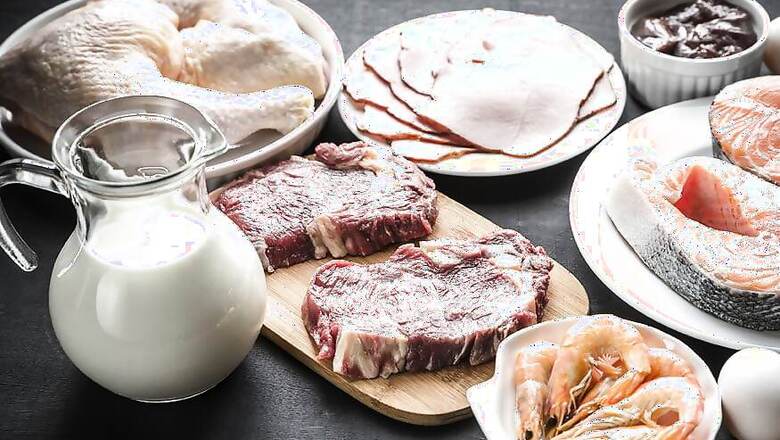
views
Move over Atkins and Dukan. In a world full of new diet options, there’s one trend that has topped the charts this year and it seems like it’s here to stay. The Ketogenic diet or Keto (pronounced kee-toh), is a diet that challenges the way you think of food and produces results in a very short span of time.
So what is this diet all about? First up, like most diets, Keto asks you to cut down on your carbs and sugar. And by cut down, Keto suggests that you should contain your carbohydrate intake to about 20 grams a day - which means no grains, no starch and absolutely no sugar. You do, however, have to eat a lot of fat - make that plenty of heavy cream, cheese, cold pressed oils and nuts. Add in some protein - either meat, eggs or paneer and you’re all set for your diet.
This LCHF diet or Low Carb High Fat diet has puzzled many a serial dieters. But there’s a bit of science behind it which makes it quite legit. Each thing that we eat, affects our body in different ways. When we eat carbohydrates, our body converts it to glucose and stores it so that it can be released as energy while we are resting. Unfortunately, over a period of time, if the glucose isn’t consumed up it automatically converts to fat and gets stored at different parts of our body.
Keto, then, is one such diet that puts your body into a state of Ketosis, which allows your body to burn fat faster than you could supply it with. Entering this state of ketosis not only jumpstarts your weight loss but it also helps you stay sharp and focussed.
Yes, there are plenty of dos and don’ts in Keto, but once you get the hang of it, you’ll see that there are several options for food that can work for you.
To start with, it’s a bit of a myth that you have to be a meat eater to be able to follow this diet.
There are plenty of vegetarian options for Keto which includes lots of leafy greens, asparagus, eggplants, olives, pumpkin, peppers and even fruits such as various berries and plenty of coconuts. Secondly, you can easily go Indian on Keto. While you have to give up on chapatis and rice, there are plenty of options that are surprisingly easy to adopt.
The focus for Keto is primarily is on good fats - butter, ghee, cheese, olive oil and coconut oil are your best friends. It’s with the help of these bad boys that you are going to kick some of that stubborn fat off out of your body.
With additions such as flax seeds, psyllium husk and coconut flour, you can just about make some of the most delicious things to eat. From cookies to breads to pancakes, all you need to do is experiment a bit and you’ll be surprised to find out how many different things you can actually eat.
Here’s a simple 1-day plan in case you’d ever like to try this diet. I am suggesting both Indian and Continental options for this diet, just so that you know there are options to try out:
Indian Breakfast: Cheesy Keto Paneer Bhurji
Continental Breakfast: 3 egg cheese and mushroom omelet with a side of butter-garlic spinach.
Indian Lunch: Kerala style coconut and cauliflower curry with Paneer roti
Continental Lunch: Cream of chicken or mushroom soup
Indian Dinner: Chicken Malai Tikka and Tandoori Chicken with a side of cucumber raita
Continental Dinner: Grilled Fish with Cheese sauce and a side of stir-fried broccoli
Here’s a bonus recipe for a Keto paneer roti:
Ingredients
200 grams of paneer
2 tbsp psyllium husk
1/2 tsp salt
1 tbsp ghee + 1 tbsp to fry
Method
1. Grate the paneer and mix with salt ghee.
2. Add in the psyllium husk and knead well until you can form a moist call.
3. Pinch out 4 portions.
4. Pat down each portion into the shape of a disc like you’d do a bajra ki roti and fry on a tawa like you’d do a parantha.
5. Eat with any keto-friendly vegetable/meat prep
Ruchira Hoon is a food consultant and writer. She runs the bakery at The Piano Man




















Comments
0 comment